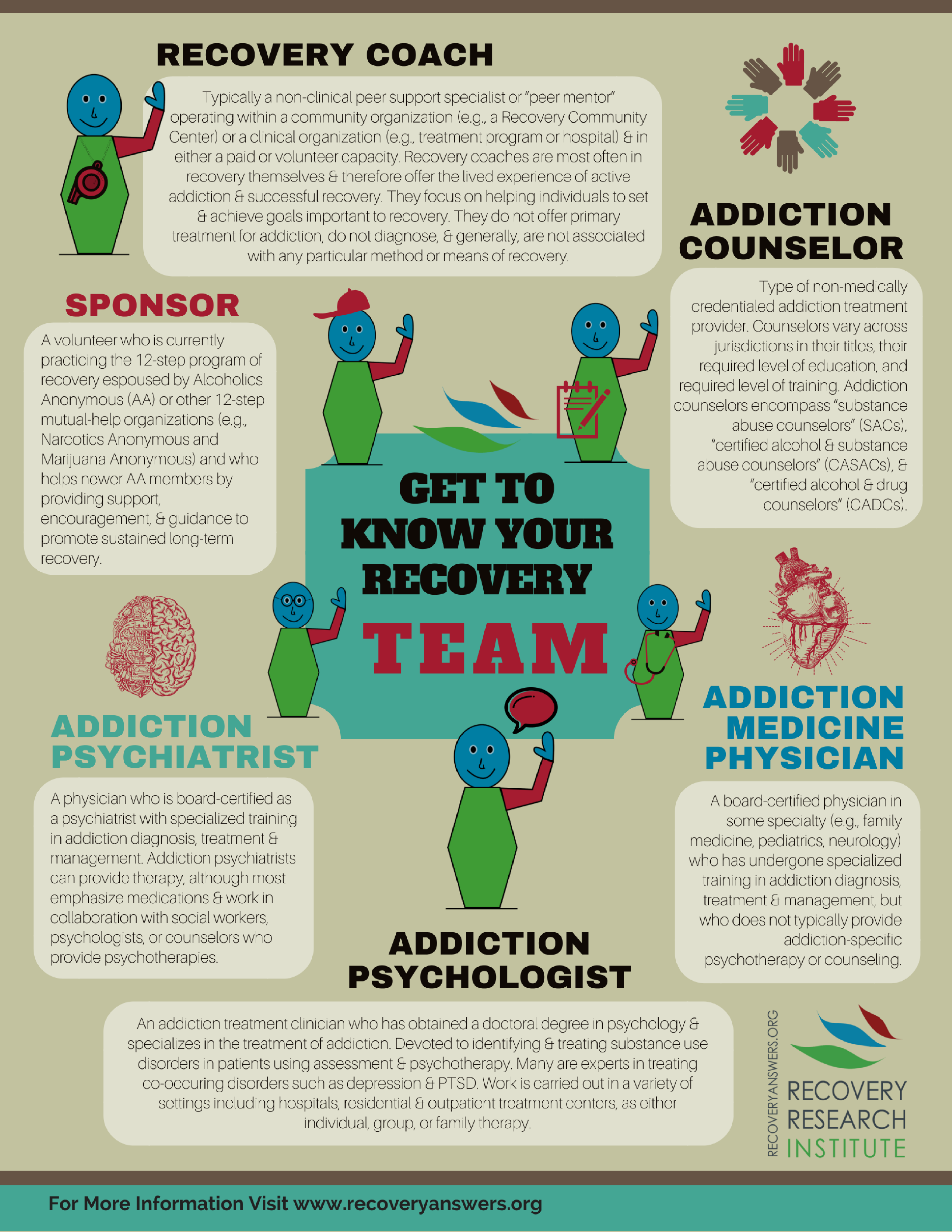Mood stabilizers help to relax locations of the brain that are affected by bipolar illness. These medications are most effective when they are taken routinely.
It may take a while to locate the appropriate drug that functions finest for you and your doctor will certainly check your condition throughout therapy. This will include normal blood examinations and possibly an adjustment in your prescription.
Neurotransmitter guideline
Neurotransmitters are a group of chemicals that regulate each other in healthy and balanced individuals. When levels become out of balance, this can bring about state of mind conditions like depression, anxiety and mania. State of mind stabilizers assist to avoid these episodes by helping regulate the balance of these chemicals in the brain. They also may be used along with antidepressants to improve their efficiency.
Drugs that work as state of mind stabilizers include lithium, anticonvulsants and antipsychotics. Lithium is perhaps one of the most well known of these medications and jobs by affecting the circulation of sodium via nerve and muscle mass cells. It is usually used to treat bipolar affective disorder, but it can additionally be practical in dealing with other mood disorders. Anticonvulsants such as valproate, lamotrigine and carbamazepine are also effective state of mind stabilizing medicines.
It can spend some time to find the ideal type of medicine and dose for each person. It is necessary to deal with your medical professional and engage in an open dialogue concerning how the medicine is benefiting you. This can be especially valuable if you're experiencing any kind of side effects.
Ion channel inflection
Ion channels are a major target of state of mind stabilizers and several other medications. It is currently well developed that they are dynamic entities that can be modulated by a range of exterior stimuli. Furthermore, the inflection of these networks can have a range of temporal impacts. At one extreme, adjustments in gating characteristics may be quick and immediate, as in the nicotinic acetylcholine receptor/channel system. At the various other end of the range, covalent modification by protein phosphorylation might cause changes in channel function that last much longer.
The area of ion channel modulation is entering a duration of maturation. Recent studies have demonstrated that transcranial concentrated ultrasound (United States) can boost neurons by activating mechanosensitive potassium and salt networks embedded within the cell membrane. This was demonstrated by revealed channels from the two-pore domain name potassium family members in Xenopus oocytes, and focused US considerably modulated the present streaming through these channels at a holding voltage of -70 mV (best panel, loved one result). The outcomes follow previous monitorings revealing that antidepressants affecting Kv networks control glia-neuron communications to contrary depressive-like actions.
Neuroprotection
Mood stabilizers, like lithium, valproic acid (VPA), and carbamazepine, are necessary in the treatment of bipolar affective disorder, which is characterized by frequent episodes of mania and anxiety. These drugs have neuroprotective and anti-apoptotic buildings that help to stop mobile damage, and they also improve mobile durability and plasticity in dysfunctional synapses and neural circuitry.
These protective activities of state of mind stabilizers might be mediated by their restraint of GSK-3, inositol signaling, and HDAC task. Moreover, long-lasting lithium treatment safeguards against glutamate excitotoxicity in cultured neurons-- a model for neurodegenerative disorders.
Researches of the molecular and mobile results of state of mind stabilizers have shown that these drugs have a large range of intracellular targets, including multiple kinases and receptors, along with epigenetic alterations. Refresher course is needed to identify if mood stabilizers have neurotrophic/neuroprotective actions that are cell kind or wiring particular, and exactly how these effects might enhance the rapid-acting restorative reaction of these agents. This will aid to establish new, faster acting, more reliable therapies for psychiatric illnesses.
Intracellular signaling
Cell signaling is the procedure whereby cells interact with their environment and various other cells. It includes a sequence of steps in which ligands connect with membrane-associated receptors and cause activation of intracellular pathways that regulate crucial downstream mobile functions.
State of mind stabilizers act upon intracellular signaling through the activation of serine-threonine healthy protein kinases, teletherapy leading to the phosphorylation of substrate healthy proteins. This triggers signaling cascades, leading to adjustments in gene expression and mobile feature.
Numerous state of mind stabilizers (consisting of lithium, valproate and lamotrigine) target intracellular signaling paths by inhibiting certain phosphatases or triggering specific kinases. These results trigger a decline in the task of these pathways, which brings about a reduction in the synthesis of certain chemicals that can impact the brain and bring about signs of depression or mania.
Some state of mind stabilizers also function by improving the task of the inhibitory neurotransmitter gamma-aminobutryic acid (GABA). This enhances the GABAergic transmission in the mind and reduces neural task, thus generating a soothing result.
